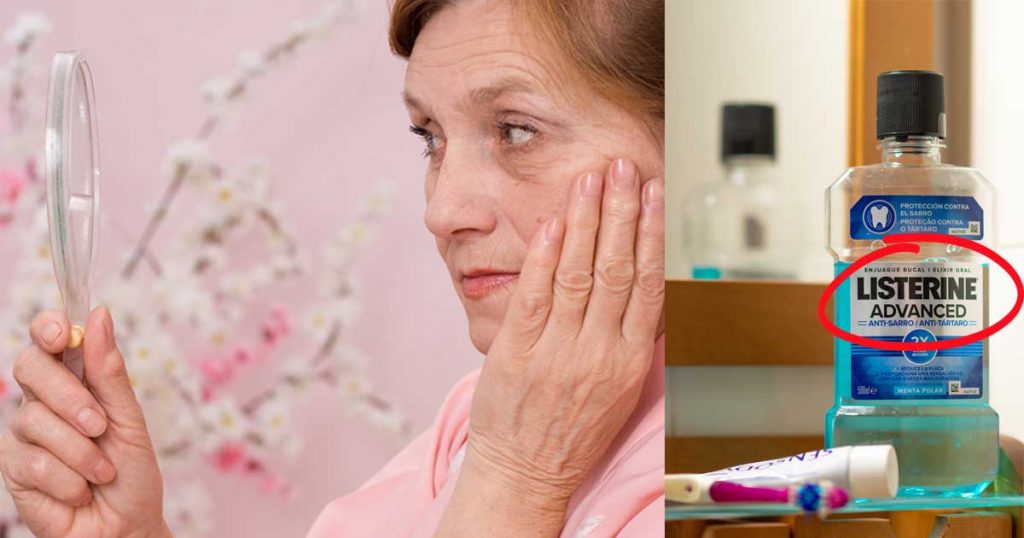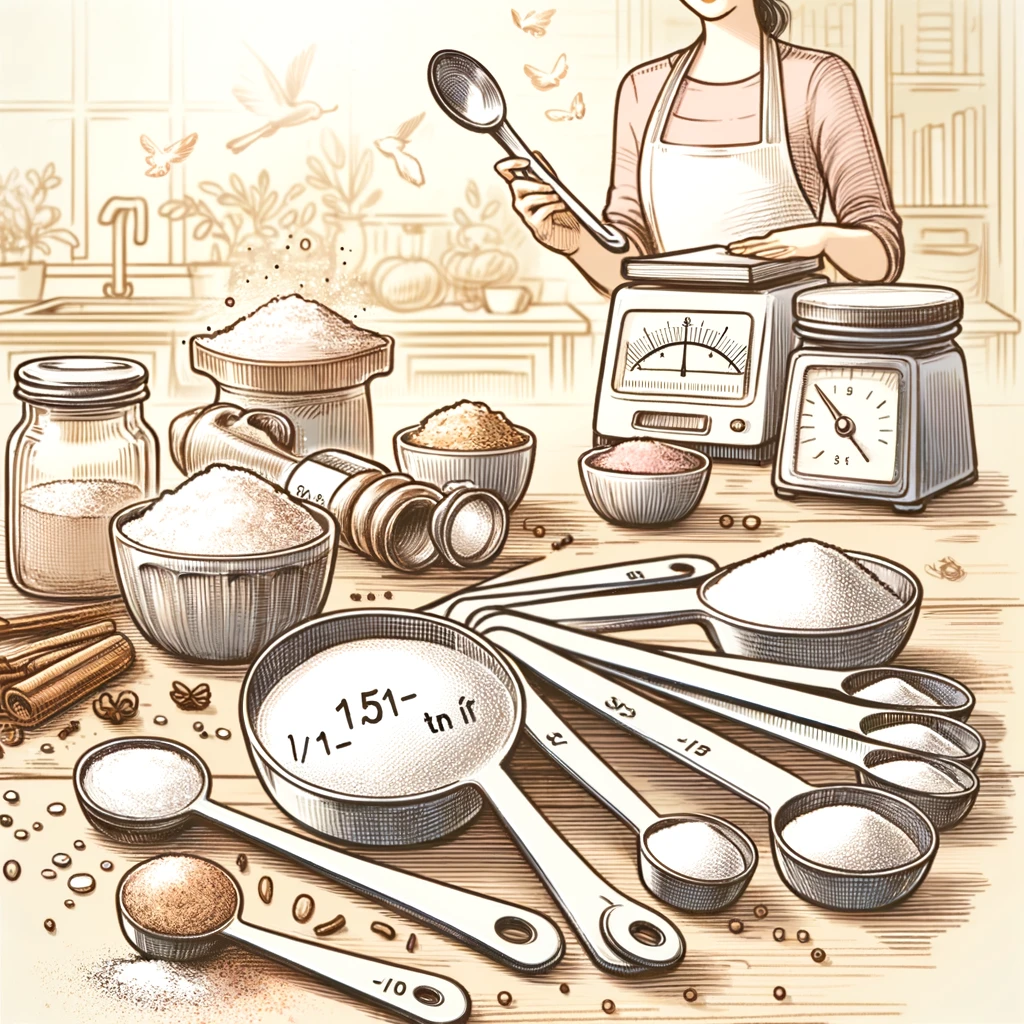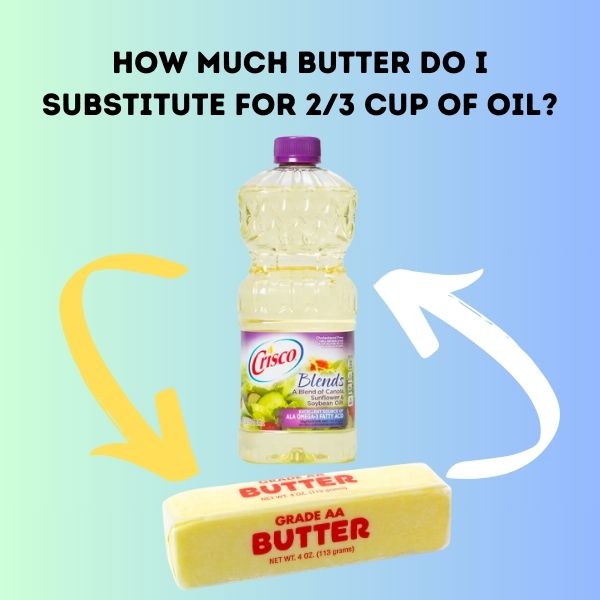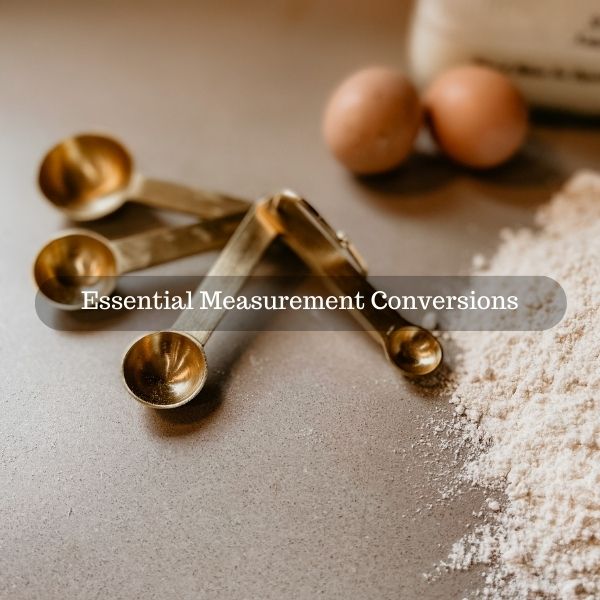In 2015, Listerine sales in the United States were more than $340 million, according to Statista. That’s a lot of Listerine! And when you take into account all the other brands of mouthwash, those numbers approach $1 billion. No doubt Americans use mouthwash for the intended purpose of oral hygiene. But do you know what else they (and you!) could be doing with it?
According to the Listerine website, the active ingredients in the famous mouthwash are eucalyptol, menthol, methyl salicylate, and thymol. Each of these ingredients has a function that goes way beyond protecting your mouth against plaque and gingivitis. Continue reading to find out what else you can do with mouthwash!
1. Deodorant. Did you run out of deodorant? Not to worry! Simply take a cotton ball, soak it in Listerine, and dab it under your arms. You can also pour Listerine into a spray bottle and spray your armpits. According to Listerine Foot Soak, both these methods are effective in preventing body odor because Listerine kills odor producing germs that cause body odor in the first place.
2. Dandruff. Before everyone used Listerine as a mouthwash, it was popular as a treatment for dandruff. It worked then and it works now. Hair Sentinel explains each of the four active ingredients in Listerine has antiseptic and anti-fungal properties. To use this home remedy, rinse your hair and scalp with a mixture made from 1/4 cup Listerine and 1 cup water.
3. Lice. Listerine is also a safe and effective treatment against lice.Healthy and Natural World recommends soaking the lice-infested head in Listerine and then gathering the hair in a shower cap. Let the Listerine soak in for at least 1 hour and then rinse hair with water. To really get those buggers, continue the treatment by massaging white vinegar into the scalp. Again, gather the hair in a shower cap and let it soak. After 1 hour, wash the hair with mild shampoo and use a lice comb to remove any dead lice and remaining lice eggs.
4. Acne. Did you know you can use Listerine as an astringent to treat problem skin? That’s right. The combination of alcohol and antiseptic properties in Listerine will dry out a pimple. The Indian Spot claims the morning after dabbing a nasty pimple with Listerine, you may wake up pimple free!
5. Cough. “Cough, you chump… it’s all your own fault,” read a newspaper article in winter 1932. Modern Mechanix shows the same article says medical tests proved gargling Listerine twice daily reduced the frequency and severity of coughs and colds. More than 80 years later, WikiHow verifies rinsing with an antiseptic mouthwash can prevent bacteria from infecting the respiratory system.
6. Blisters. The antiseptic properties of Listerine make it a mighty force against blisters. Mother Nature Network says all you have to do is dip a cotton swab in Listerine and dab it onto the blister. Repeat three times a day until your blister dries up and disappears.
7. Stinky feet. Stinky feet can knock you out. But fear not. Smelly Feet Cures says Listerine kills odor causing bacteria and works as an astringent to reduce the amount you sweat. Listerine is especially effective if your smelly feet are a symptom of athlete’s foot. Listerine also has the added benefit of making your feet incredibly soft! To use this home remedy, mix 1 part Listerine in 2 parts warm water and let your feet soak for 20 minutes.
8. Toenail fungus. A Listerine foot bath not only makes your feet smell minty fresh, but it also helps treat toenail fungus. Health Guidance explains this is because Listerine has some super powerful anti-fungal properties. If you suffer from regular fungal infections, you may want to get in the habit of taking a Listerine foot soak every few days over several months.
Listerine has been around since the late 1800s! It was not always used solely as a mouthwash and it does not have to be now. Take advantage of all these great home remedies!






